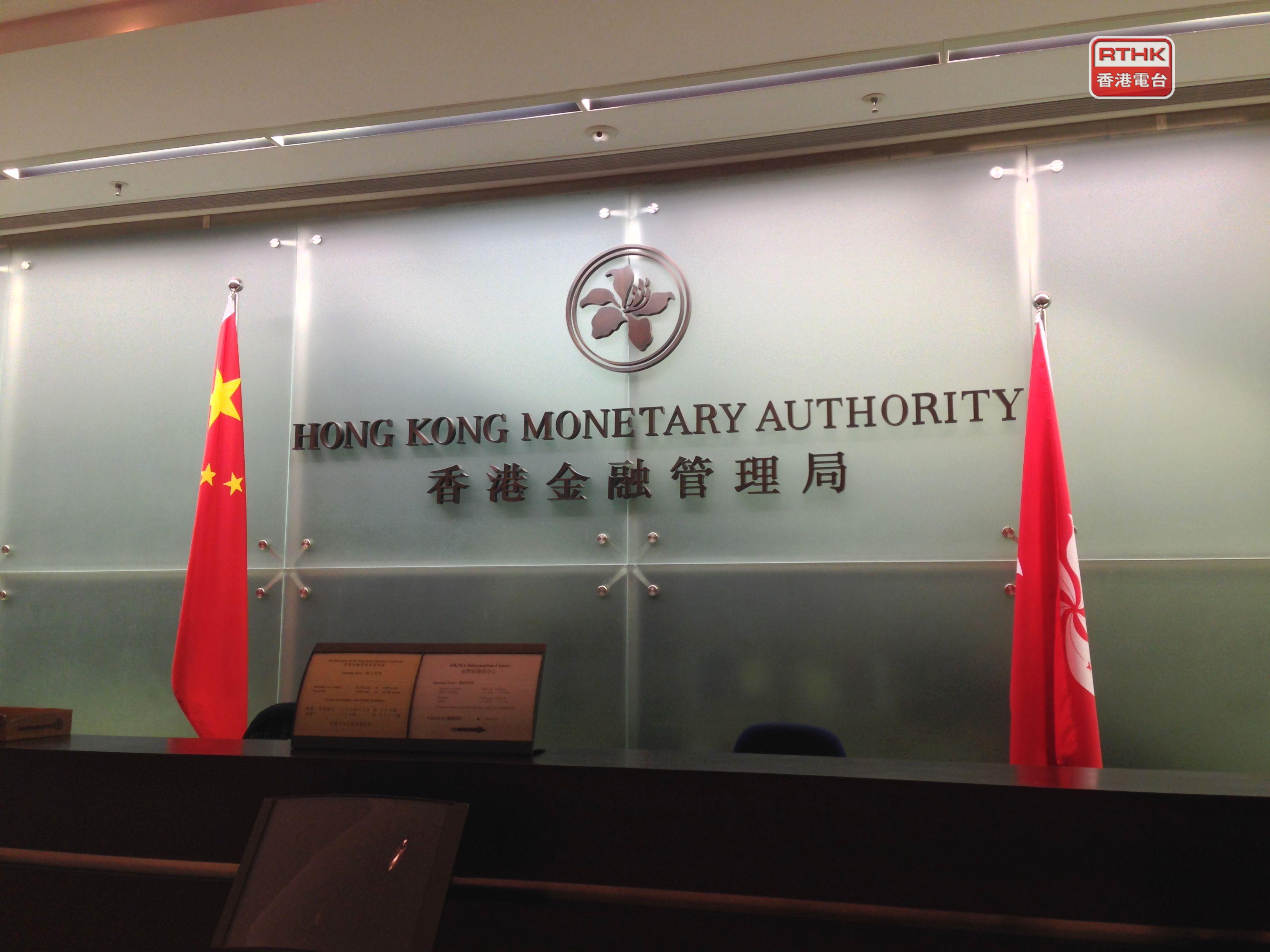
Hong Kong’s regulatory landscape for stablecoins has entered a new era. As of August 1,2025, the city’s Stablecoins Ordinance is live, and every issuer of fiat-referenced stablecoins, whether pegged to the Hong Kong dollar or another fiat currency, must comply with a rigorous licensing regime. For legal teams and compliance officers, this is a high-stakes shift: failing to meet the new requirements risks not just market exclusion but severe penalties.

Regulatory Perimeter: Who Needs a License?
The new ordinance casts a wide regulatory net. Any entity issuing fiat-referenced stablecoins in or from Hong Kong, or targeting local users, must now secure a license from the Hong Kong Monetary Authority (HKMA). This includes foreign issuers marketing to Hong Kong residents. The HKMA started accepting applications on August 1,2025; first approvals are projected for early 2026.
Existing issuers operating before August 1 benefit from a six-month transitional period. To continue business legally past January 31,2026, these firms must submit their license application within the first three months, or face mandatory shutdowns and enforcement action. Missing this deadline means an abrupt exit from one of Asia’s most dynamic markets.
Core Licensing Requirements: Capitalization and Reserves
The heart of Hong Kong’s regime is financial resilience. Issuers need at least HK$25 million (about $3.18 million) in paid-up share capital. Beyond this static figure, liquidity is king: each licensee must maintain segregated pools of high-quality liquid assets, always equal to or exceeding the value of all outstanding stablecoins.
This isn’t just box-ticking. The HKMA expects robust reserve management policies that can withstand stress scenarios and market shocks. Any failure here could trigger forced redemptions or even criminal liability for directors.
Compliance Deadlines and Enforcement Risks
The clock is ticking for current and would-be issuers:
- August 1,2025: Ordinance comes into force; all potential issuers must comply immediately.
- By October 31,2025: Existing players must file their license application to avoid forced shutdowns.
- January 31,2026: End of transitional period; only licensed entities may operate.
The costs of non-compliance are steep: unlicensed activity can result in fines up to HKD 5 million ($637,000) and prison terms up to seven years. Even marketing unlicensed stablecoins to retail users brings fines up to HKD 50,000 ($6,300) plus jail time.
Beyond Capital: AML/CFT Controls and Market Impact
The ordinance doesn’t stop at balance sheets. Issuers must implement robust anti-money laundering (AML) and counter-financing-of-terrorism (CFT) controls, meeting standards that rival those imposed on banks. This includes real-time monitoring systems and comprehensive Travel Rule compliance with zero thresholds for transfers.
This approach positions Hong Kong as an emerging global benchmark for digital asset regulation, potentially attracting major international players while raising the bar for compliance costs across Asia’s digital asset sector.
For compliance teams, the operational burden is significant. Issuers must build out internal systems for customer due diligence, suspicious transaction reporting, and ongoing risk assessment. The HKMA has signaled that it will take a hands-on approach to supervision, with regular audits and the power to demand immediate remediation if deficiencies are found. Firms should expect a high level of scrutiny, especially around reserve asset quality and AML/CFT processes.
Key Compliance Steps for Hong Kong Stablecoin Issuers (2025)
-

Obtain an HKMA Stablecoin Issuer License: All fiat-referenced stablecoin issuers must apply for and secure a license from the Hong Kong Monetary Authority (HKMA) before operating or offering stablecoins in Hong Kong.
-

Adhere to the Six-Month Transitional Period: Existing issuers as of August 1, 2025, must submit a license application within three months to continue operations during the six-month transition window.
-

Maintain Minimum Paid-Up Share Capital: Issuers must demonstrate at least HK$25 million (approx. $3.18 million) in paid-up share capital to meet regulatory requirements.
-

Hold Sufficient and Segregated Reserve Assets: Maintain a pool of high-quality, highly liquid, and segregated reserve assets equal to the total value of stablecoins in circulation.
-

Implement Robust AML/CFT Controls: Establish and maintain effective systems to prevent money laundering and terrorist financing, in line with Hong Kong’s Travel Rule and AML/CFT guidelines.
-

Comply with Ongoing Reporting and Disclosure Duties: Regularly submit financial statements, audit reports, and compliance updates to the HKMA as required by the Stablecoins Ordinance.
-

Avoid Unlicensed Activities and Promotions: Do not issue, offer, or promote stablecoins to retail investors without proper licensing—violations can result in fines up to HK$5 million (approx. $637,000) and imprisonment.
The regulatory clarity is already shifting market dynamics. Well-capitalized institutions are moving quickly to secure first-mover advantage, while smaller or offshore players face hard decisions about whether to invest in compliance or exit the Hong Kong market entirely. The days of regulatory arbitrage are over: any attempt to operate in the shadows now risks criminal prosecution and reputational damage that extends far beyond city limits.
For those ready to adapt, the upside is real. Hong Kong’s stablecoin regime offers a pathway to legitimacy and access to Asia’s institutional capital pools. The city’s new framework could serve as a template for neighboring jurisdictions seeking to balance innovation with investor protection, and early licensees may set the standard for global best practices.
Strategic Moves: What Issuers Should Do Now
Issuers eyeing longevity in Hong Kong must act fast. Legal teams should map out application timelines, conduct gap analyses on existing controls, and engage with regulators for early feedback. Building relationships with local banking partners is also critical, as access to fiat rails will depend on regulatory standing.
To help teams structure their readiness plans, here’s a quick checklist:
Market watchers expect that by early 2026, we’ll see the first batch of licensed stablecoin issuers going live, potentially catalyzing broader institutional adoption across Asia. For detailed breakdowns on how these changes could impact onboarding flows and institutional participation, see our deep dive on institutional adoption under Hong Kong’s new law.
Frequently Asked Questions
As enforcement ramps up through 2026, expect further guidance from the HKMA, and likely tweaks as regulators respond to industry feedback and emerging risks. Staying agile is no longer optional; it’s mission-critical for survival in one of Asia’s most tightly regulated digital asset markets.




